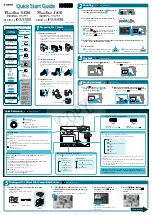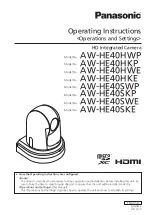
LYNX Manual RA02
IPX-1M48-L
In the single mode, each line consists of 8 empty pixels (E1 – E8),
followed by 12 masked pixels used for black (dark) reference (R1 –
R12), followed by 2 buffer pixels (B1, B2), followed by 1000 active
pixels (D1 – D1000), followed by 2 buffer pixels (B1, B2), and
followed by another 12 masked pixels (R1 – R12) – Figure 2.11. In the
dual mode, each line consists of 8 empty pixels (E1 – E8), followed by
12 masked pixels used for black (dark) reference (R1 – R12), followed
by 2 buffer pixels (B1, B2), and followed by 500 active pixels – Figure
2.12. The data is sampled on the rising edge of the clock, and the
LVAL (line valid) signal is active only during the active pixels. Each
frame (for all modes) consists of 61 us vertical frame timing, followed
by 4 masked lines (RL1 – RL4), followed by 2 buffer lines (BL1,
BL2), followed by 1000 active lines (DL1 – DL1000). During each
frame the FVAL (frame valid) signal is active only during the active
lines (DL1 – DL1000) – Figure 2.13.
- 0 -
D1
D1000
- 0 -
DATA
LVAL
R1
R12
R1
R12
E1
E8
8 empty pixels
12 dark pixels
1000 active pixels
200 ns
300 ns
300 ns
25000 ns
12 dark pixels
B2
B1
B2
B1
2 buffer
pixels
50 ns
2 buffer
pixels
50 ns
Figure 2.11 - Single Output Line Timing (IPX-1M48-L)
- 0 -
D1
D999
- 0 -
DATA 1
LVAL
R1
R12
E1
E8
8 empty pixels
12 dark pixels
500 active pixels
- 0 -
D1000
D2
- 0 -
DATA 2
R1
R12
E1
E8
300 ns
200 ns
12500 ns
B2
B1
B2
B1
2 buffer
pixels
50 ns
Figure 2.12 - Dual Output Line Timing (IPX-1M48-L)
www.imperx.com
42
of
154
5/6/2005
















































